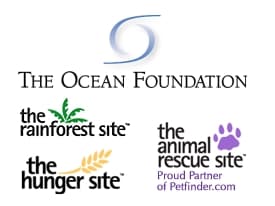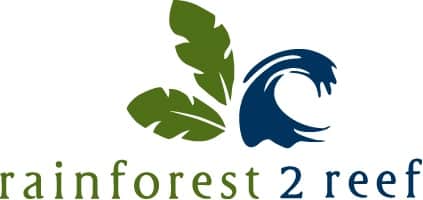Over a recent discussion at brunch in Los Angeles at Akasha Restaurant with some friends of Playa Viva, the discussion turned to some changes we were seeing in the economy. We were discussing the inefficient use of some resources and the tragedy of these dormant assets. The example used by our friends came in an “aha” moment as they were walking through the boat marina near where they live on the coast. As they walked past pier after pier of gleaming yachts docked and unused over the weekend, the tragedy of these assets laying idle made a significant impact on their ecological psyche. What if each of these boats were not private property but available for use by the commons? So many assets would not lay idle, less waste, better for the planet. And so they tossed out the the phrase, “The Tragedy of the Privates” which lead a longer discussion.
This is the same concept that drove our decision making early on in Playa Viva, to develop a “fractional” model for vacation homes. Why build a home, sell it to one person and have it sit idle. Sure, we all love the idea of having our own beach home, our own yacht, our own everything. But in the emerging sustainable economy, the real winner is the zip car, the zip home the zip yacht.
Taking this model even further, we have become big fans of freecycle.org. This further lessens the impact of the tragedy of the private, yet in this case you get all the benefits of private ownership and common benefit. Freecycle has worked particularly well for us with childrens’ toys. Our daughter has obtained as much benefit from someone else’s Barbie dolls as they did; and we will sure to pass along this derived value to the next young girl when our daughter grows out of the “Barbie” phase. The same is true for our son and Pokemon cards. Rather than buy all new cards and be a wasteful consumer, which would have helped the local economy through our expenditures at the locally owned independent toy store, instead my wife turned to freecycle where she found a family whose older children came over to our house to personally deliver their once treasured Pokemon cards. I’m not sure who enjoyed the moment more, my son upon receiving the ultimate card collection in one gigantic gesture of charity, or the young man who handed them over and the pleasure he gained in seeing the joy he brought to our son.
In your quest to use less, we encourage you to look for solutions where you can share assets, hand them down, re-use, recycle, freecycle. This type of behavior will be a large step towards a more sustainable economy. Sure it may reduce the size of key measures such as GDP, with fewer Barbie’s and Pokemon’s, Yachts and Houses being made and sold, but the key measure of human satisfaction, an under-measured and under-appreciated key indicator, will probably go up, significantly.
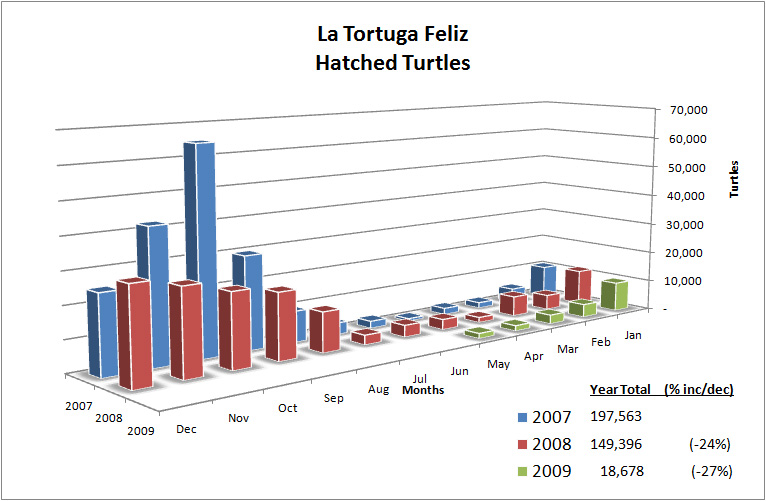


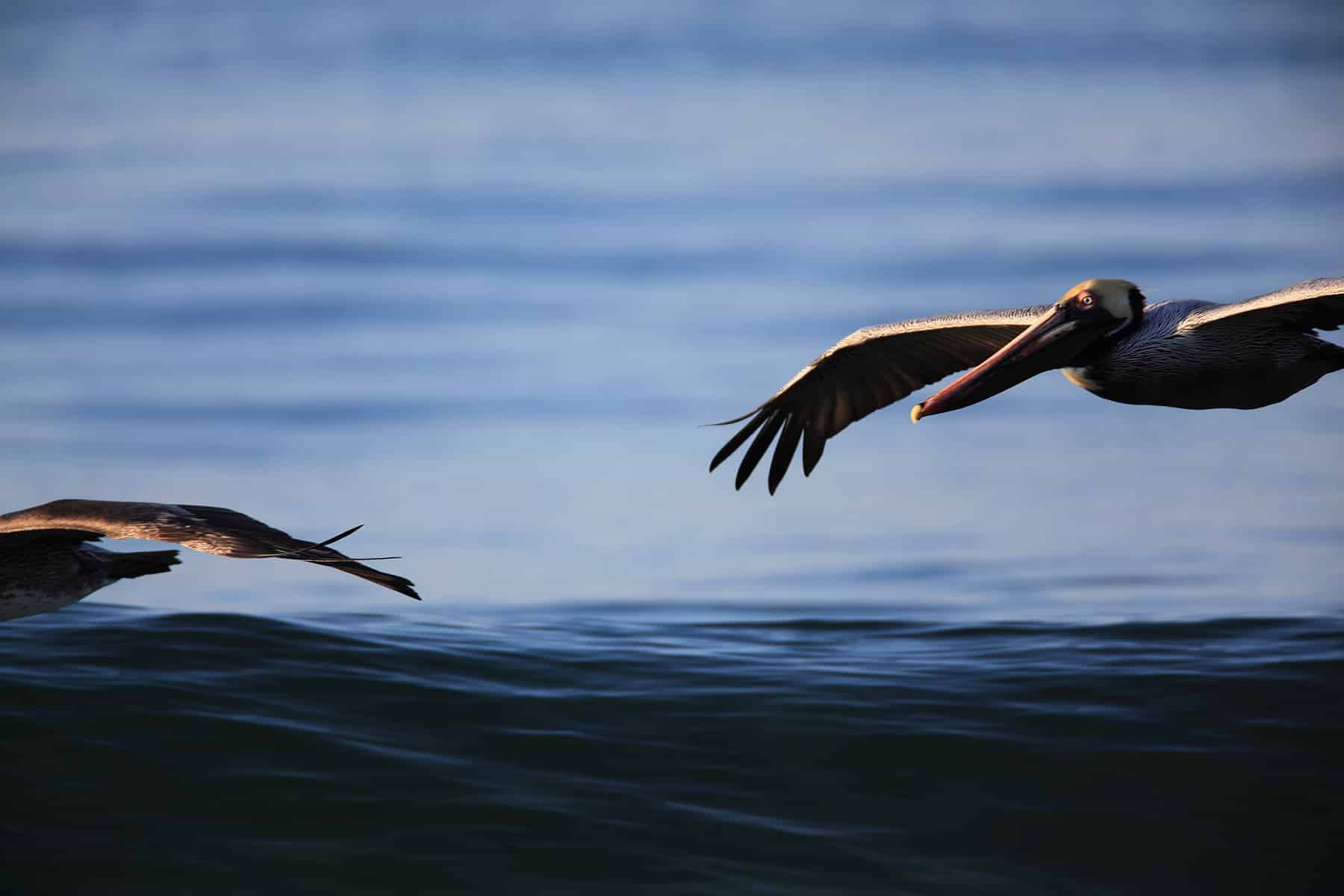
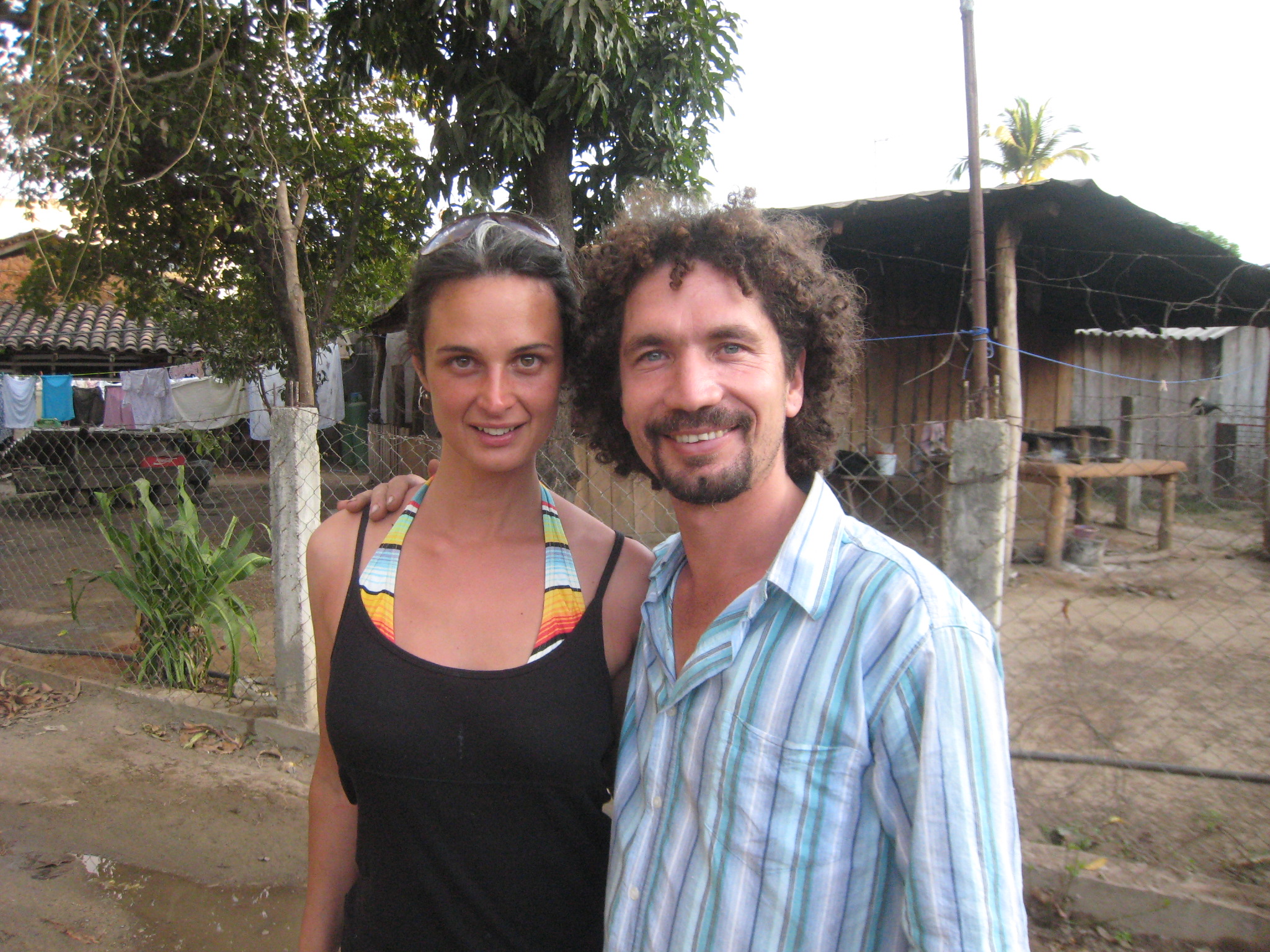
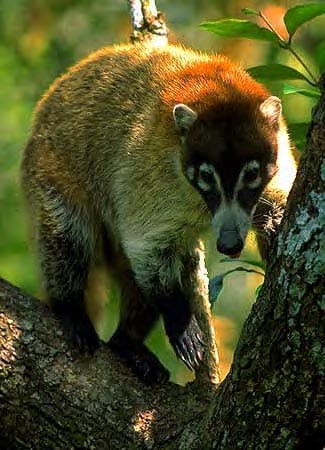
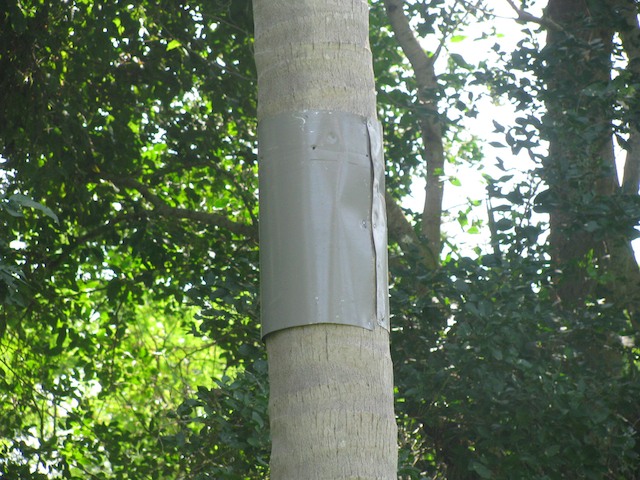
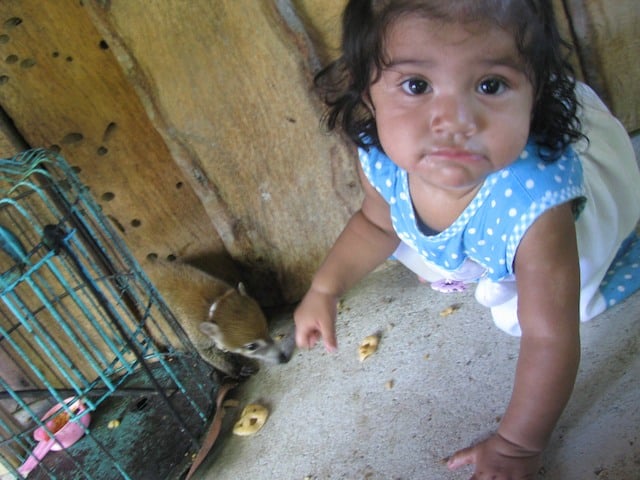
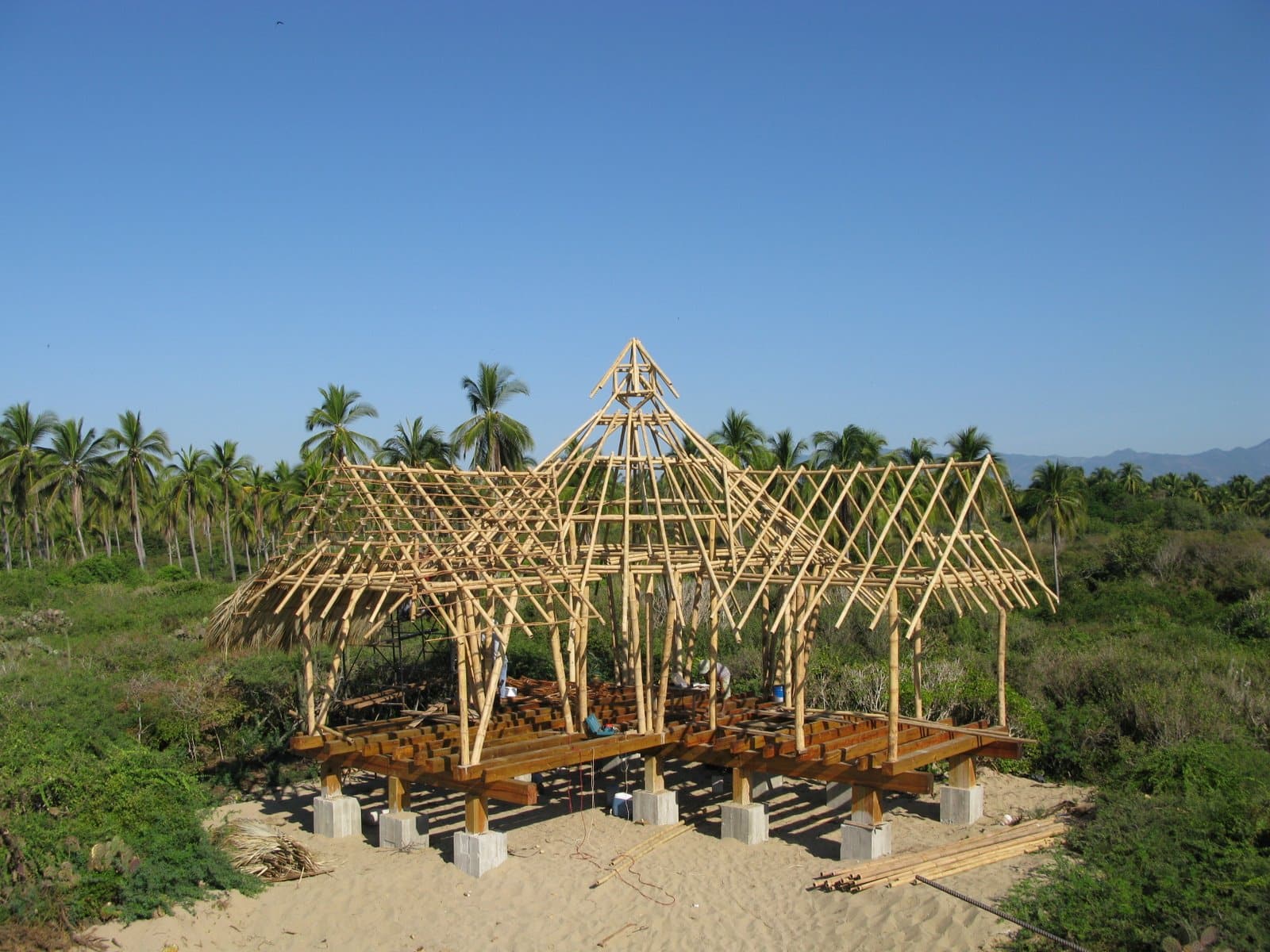
 This photo is taken from the tapanco, the second story above the kitchen in the common area. The roof is also up on the common area and the pool is being poured. Playa Viva is progressing at a rapid pace. Below is the 3-D image from the original AutoCAD drawings superimposed over the photo above, showing what the Casita will begin to look like when completed. Missing are the surrounding vegetation and some other details. We hope you will come visit us this season.
This photo is taken from the tapanco, the second story above the kitchen in the common area. The roof is also up on the common area and the pool is being poured. Playa Viva is progressing at a rapid pace. Below is the 3-D image from the original AutoCAD drawings superimposed over the photo above, showing what the Casita will begin to look like when completed. Missing are the surrounding vegetation and some other details. We hope you will come visit us this season.